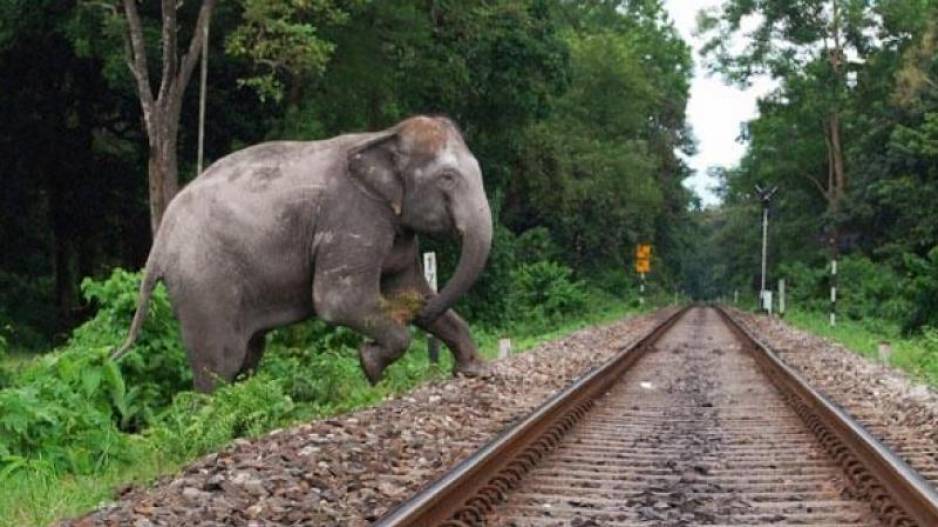Recommended Stories
By Ashutosh Mishra
Bhubaneswar: The statistics are horrifying. As many as 119 elephants have been electrocuted in the state in the last 11 years, most of them falling victim to sagging overhead wires. Of these deaths, 24 occurred in 2018-19. The giant beasts have also been falling to the bullets of poachers and dying on rail tracks, run over by speeding trains.
But it is electrocution deaths, caused mostly by low-hanging wires, that remain in focus because of its bizarre and painful nature. Equally significant is the fact that poachers are now using live wires as an effective weapon to kill elephants and detusk the males.
Accidental electrocutions are often the result of extreme carelessness on the part of authorities, a glaring example being the death of a heard of seven elephants including a tusker, five females and a calf at Kamalanga village in Dhenkanal district last year.
The grisly incident took place barely 100 kms from the state capital when the herd came in contact with the high tension wires being drawn for the construction of a railway bridge at Kamlanga, about 5 kms from National Highway 55. The wires were hanging as low as just six feet from the ground whereas the mandatory height of such wires in areas known for movement of elephants should be more than 17 feet above the ground.
The temporary lines had been laid with the permission of the energy department. No one in the department had apparently taken the trouble of visiting the spot to verify whether the lines had been drawn properly with the mandatory norm about keeping the wires at a certain height from the ground followed.
Incidentally, Dhenkanal seems to have earned a certain notoriety for the electrocution of elephants. The Kamalanga incident had been preceded by at least two similar cases including one in which three jumbos were killed after coming in contact with live wires in the district’s Borpada forest.
Statistics show that 168 elephants have been electrocuted in the state in the last 18 years, half of these being cases of deliberate electrocution implying that either poachers or vengeful villagers, whose crops had been destroyed by the pachyderms, wilfully pulled down live wires to make them fall in the path of the passing herds.
Every time such an incident takes place the forest and energy departments go through the motions of conducting inquiries and apportioning blame with more often than not junior officials facing action. This is a well established and well-understood procedure and no one raises an eyebrow when juniors take the rap for the fault of the seniors.
In the last 11 years action has been initiated against 148 persons including 11 forest department and four energy department officials in cases of electrocution death of elephants. The government has assured that steps are being taken to increase the height of overhead transmission lines of 11 KV and 33 KV to a height of 5.5 meters and 8 meters respectively in tune with the provisions of the Indian Electricity Regulatory Act 1959.
We are supposed to believe these assurances but given the past record of the government on this front, we should take such promises with pinch of salt. In this case, we should go by the adage, “seeing is believing.”
(DISCLAIMER: This is an opinion piece. The views expressed are author’s own and have nothing to do with OTV’s charter or views. OTV does not assume any responsibility or liability for the same)













